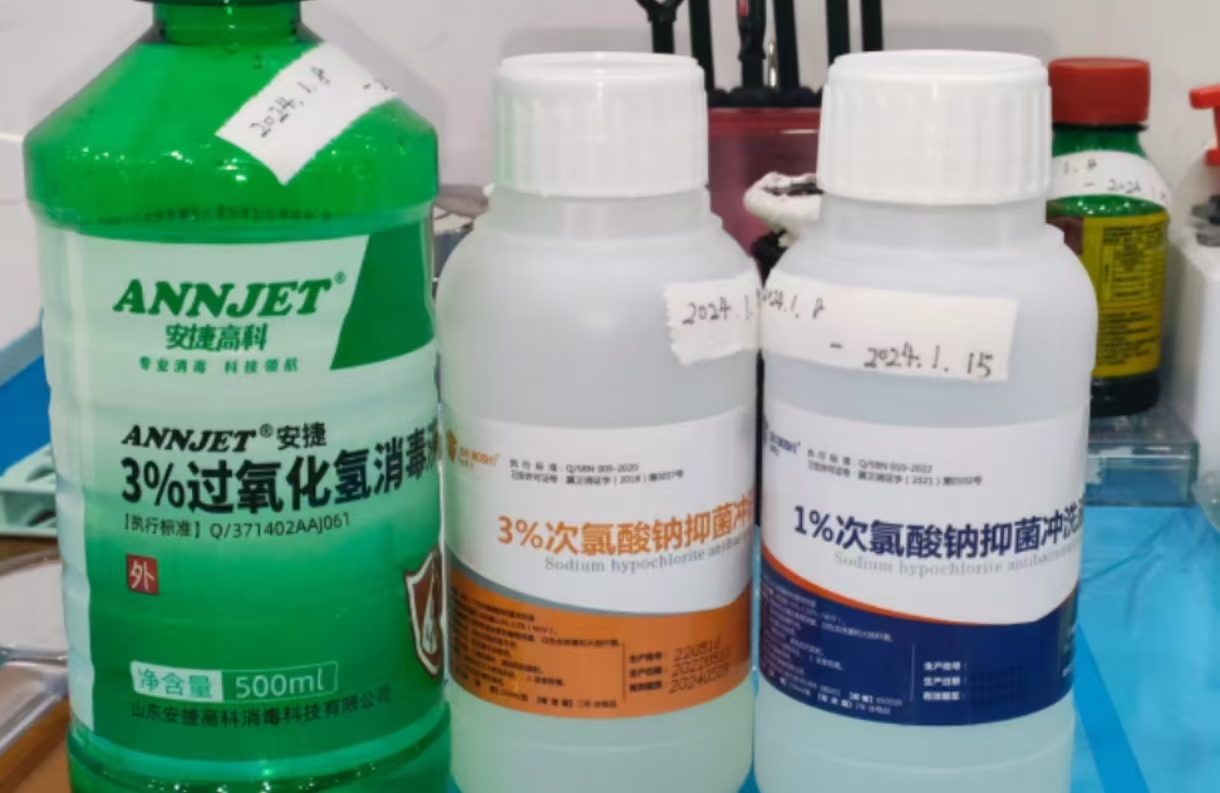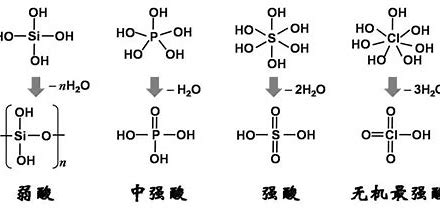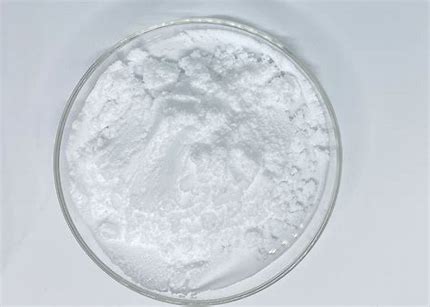Comprehensive Hydrogen Peroxide: 3%, 12%, 6% and Ultra Pure
From the medicine cabinet to industrial cleaning and even advanced technology, hydrogen peroxide (H2O2) is a remarkably versatile chemical compound. Its ability to oxidize, disinfect, and bleach makes it a staple in numerous applications. However, hydrogen peroxide isn’t a one-size-fits-all solution. It’s available in various concentrations, each with its own specific uses and safety considerations. This comprehensive guide will explore the key differences, applications, and safety protocols for common hydrogen peroxide concentrations: 3%, 6%, 12%, and Ultra Pure hydrogen peroxide.

Understanding Different Concentrations of Hydrogen Peroxide
The percentage listed on a bottle of hydrogen peroxide indicates its concentration as a weight/volume (w/v) ratio in water. This seemingly simple number has a profound impact on the solution’s potency and how it should be handled. Understanding these differences is crucial for safe and effective use.
3% Hydrogen Peroxide (Household Grade)3% solution:
This is the most common hydrogen peroxide concentration found in pharmacies and supermarkets. Often labeled as “first aid antiseptic,” 3% hydrogen peroxide is widely used for minor wound disinfection, acting as a mild oxidizing agent to kill bacteria. It’s also a common ingredient in some mouthwashes for oral hygiene and can be used for light household cleaning, such as removing mild stains. While generally considered safe for topical use in its diluted form, ingestion can be harmful and cause gastrointestinal distress.
6% Hydrogen Peroxide (Often in Hair Bleach/Some Disinfectants):
Stepping up in potency, 6% hydrogen peroxide is frequently found in hair bleach formulations used in professional settings. It’s also present in some stronger disinfectants and sanitizers for surfaces. This concentration is more potent than 3% and requires more careful handling. Direct contact can cause skin and eye irritation, and ingestion is dangerous. It should not be used directly on skin for wound care unless specifically directed by a professional.
12% Hydrogen Peroxide (Industrial/Laboratory/Specialized Cleaning):
12% hydrogen peroxide is a significantly more concentrated solution primarily used in industrial applications like bleaching textiles and paper pulp, as a laboratory reagent, and for specialized cleaning tasks, such as algae control in swimming pools (used with specific protocols). This concentration is highly potent and corrosive. It demands strict safety precautions, including the use of appropriate PPE like chemical-resistant gloves and eye protection. Direct contact can cause severe burns, and ingestion is extremely dangerous. It should never be used directly on skin without proper dilution and expert guidance.
Ultra Pure Hydrogen Peroxide (High Purity for Sensitive Applications):
Ultra Pure hydrogen peroxide is characterized by its extremely low levels of impurities. This high purity is essential for sensitive applications such as semiconductor manufacturing, pharmaceutical applications, and certain food processing (often referred to as food grade hydrogen peroxide, which adheres to specific purity standards). While the H2O2 itself still poses risks depending on the concentration (which can vary even in ultra-pure grades), the minimized impurities prevent contamination in delicate processes. Handling still requires appropriate safety measures based on the specific concentration of the ultra-pure solution soft bristle toothbrush.
Key Differences and Applications: A Comparative Overview
| Concentration | Potency | Common Uses | Safety Precautions | Availability |
|---|---|---|---|---|
| 3% | Mild | Wound disinfection, mouthwash, light household cleaning, stain removal | Generally safe for topical use, avoid ingestion. | Pharmacies, supermarkets |
| 6% | Moderate | Hair bleaching (professional), some stronger disinfectants | Avoid skin/eye contact, do not ingest, use with care. | Beauty supply stores, specialized cleaning suppliers |
| 12% | High | Industrial bleaching, lab reagent, sterilization (specific), algae control | Highly corrosive, requires strict PPE, avoid all contact, do not ingest. | Chemical suppliers, industrial distributors |
| Ultra Pure | Varies | Semiconductor manufacturing, pharmaceuticals, certain food processing, research | Follow safety guidelines based on the specific concentration, minimize contamination. | Specialized chemical suppliers, distributors |
Export to Sheets
Safety First: Handling Hydrogen Peroxide Responsibly
Regardless of the concentration, responsible handling of hydrogen peroxide is paramount that high levels of hydrogen peroxide can weaken enamel and dentin. .
General Safety Precautions for All Concentrations:
- Always wear appropriate personal protective equipment (PPE), including chemical-resistant gloves and eye protection (safety goggles or a face shield).
- Ensure adequate ventilation in the work area.
- Avoid any contact with skin, eyes, and clothing.
- Never ingest hydrogen peroxide.
- Keep it away from flammable materials as it can release oxygen, supporting combustion.
- Store hydrogen peroxide in a cool, dark place in its original, vented container to prevent pressure buildup from decomposition.
- Keep it out of reach of children and pets.
Specific Safety Measures by Concentration:
Higher concentrations (6%, 12%, and Ultra Pure) necessitate even greater caution. Use thicker, more resistant gloves and a full face shield when handling these grades. Be acutely aware of the corrosive nature of 12% hydrogen peroxide and ensure immediate access to eyewash stations and safety showers I often reach for 3% Hydrogen Peroxide Solution .
First Aid Measures:
In case of accidental exposure:
- Skin Contact: Flush the affected area immediately with plenty of water for at least 15-20 minutes. Remove any contaminated clothing. Seek medical attention if irritation persists or burns occur.
- Eye Contact: Immediately flush the eyes with a continuous stream of water for at least 15-20 minutes, holding the eyelids open. Seek immediate medical attention.
- Ingestion: Do not induce vomiting. Drink small amounts of water or milk if the person is conscious. Seek immediate medical attention or call a poison control center.
- Inhalation: Move the person to fresh air immediately. If breathing is difficult, administer oxygen if trained. Seek medical attention.
Choosing the Right Concentration for Your Needs
Selecting the appropriate hydrogen peroxide concentration depends entirely on the intended application.
- Identify the Intended Use: Clearly define the task. For minor cuts, 3% is usually sufficient. For hair bleaching, follow professional guidelines for 6% or higher. Industrial processes will specify the required concentration.
- Follow Product Instructions: Always adhere to the instructions provided on the specific hydrogen peroxide product label. These instructions will outline safe and effective usage.
- When in Doubt, Dilute or Choose a Lower Concentration: If you’re unsure, it’s generally safer to start with a lower concentration or carefully dilute a higher one if necessary. Ensure you understand the proper dilution techniques and use accurate measurements.
- Consider Purity Requirements: For sensitive applications like food processing or certain medical uses, ensure you are using food grade hydrogen peroxide or Ultra Pure hydrogen peroxide that meets the required purity standards. Never attempt internal use of hydrogen peroxide without the explicit guidance of a qualified healthcare professional.
Conclusion: Navigating the World of Hydrogen Peroxide Concentrations
Hydrogen peroxide is a powerful tool with a wide range of applications, but its effectiveness and safety are intrinsically linked to its concentration. Understanding the differences between 3%, 6%, 12%, and Ultra Pure hydrogen peroxide, along with their specific uses and the necessary safety precautions, is crucial for responsible handling. Always prioritize safety, follow product instructions, and consult professionals when dealing with higher concentrations or specialized applications. By making informed decisions, you can harness the versatility of hydrogen peroxide safely and effectively.

Frequently Asked Questions (FAQ)
- Can I dilute 12% hydrogen peroxide to make 3%? Yes, you can. To make a 3% solution from a 12% solution, you would typically mix one part 12% hydrogen peroxide with three parts water (a 1:3 ratio). Always add the hydrogen peroxide to the water slowly and wear appropriate PPE during dilution.
- What is food grade hydrogen peroxide used for? Food grade hydrogen peroxide (typically a specific high purity level, often around 35%) has limited approved uses in food processing, such as aseptic packaging. It should never be ingested directly without strict medical supervision.
- Is 6% hydrogen peroxide safe for skin? Direct contact with 6% hydrogen peroxide can cause skin irritation and should be avoided. It’s not recommended for general wound care.
- What are the signs of hydrogen peroxide poisoning? Symptoms can vary depending on the concentration and route of exposure but may include nausea, vomiting, abdominal pain, and in severe cases, more serious systemic effects.
- Where can I buy different concentrations of hydrogen peroxide? 3% is widely available in pharmacies and supermarkets. 6% can often be found in beauty supply stores. 12% and Ultra Pure hydrogen peroxide are typically purchased from chemical suppliers and industrial distributors.
- What does “stabilized” hydrogen peroxide mean? Stabilizers are added to hydrogen peroxide solutions to slow down their natural decomposition into water and oxygen, extending their shelf life.
Yuhan hydrogen peroxide: industrial grade, food grade, ultra-pure series welcome to consult
Ultra Pure Hydrogen Peroxide:https://www.yuhanchemi.com/ultra-pure-hydrogen-peroxide







